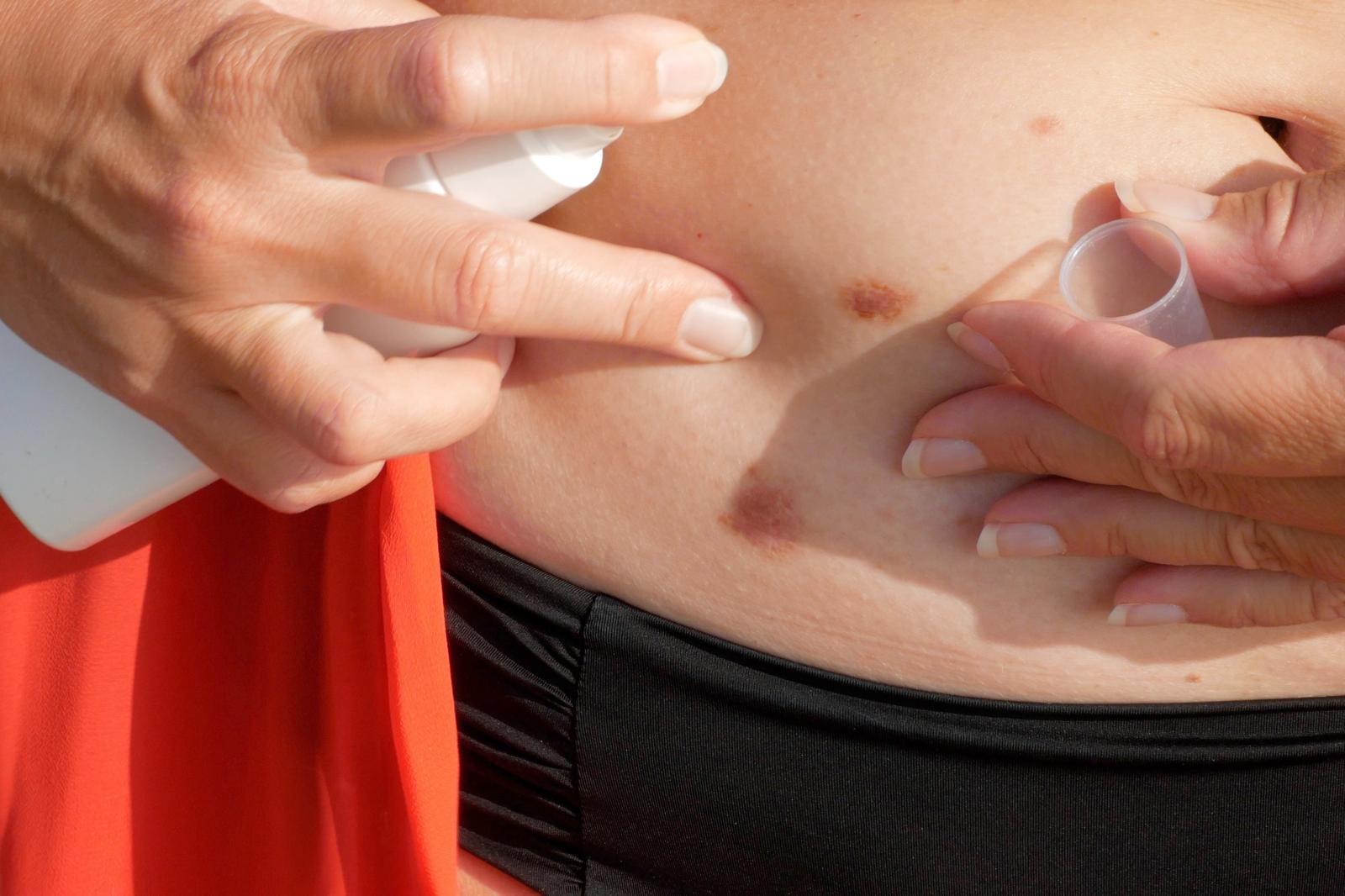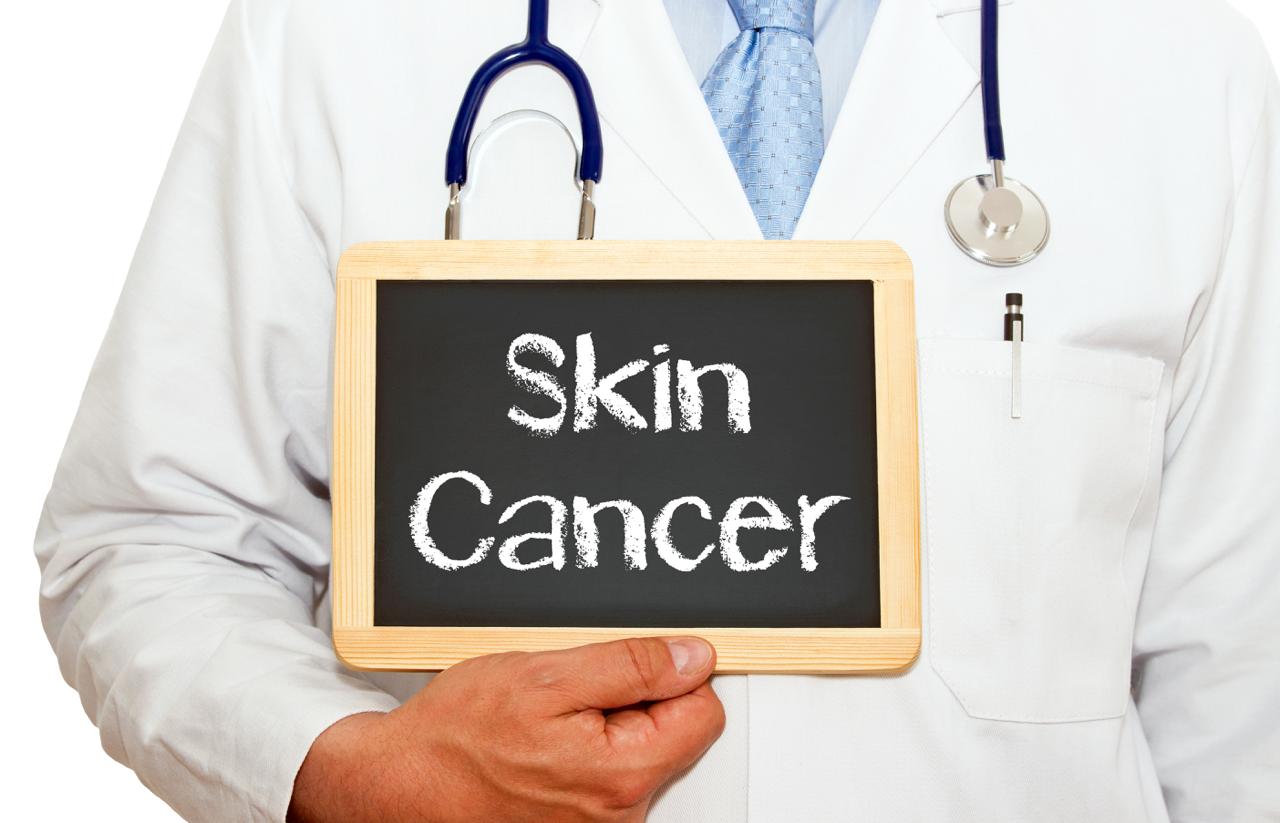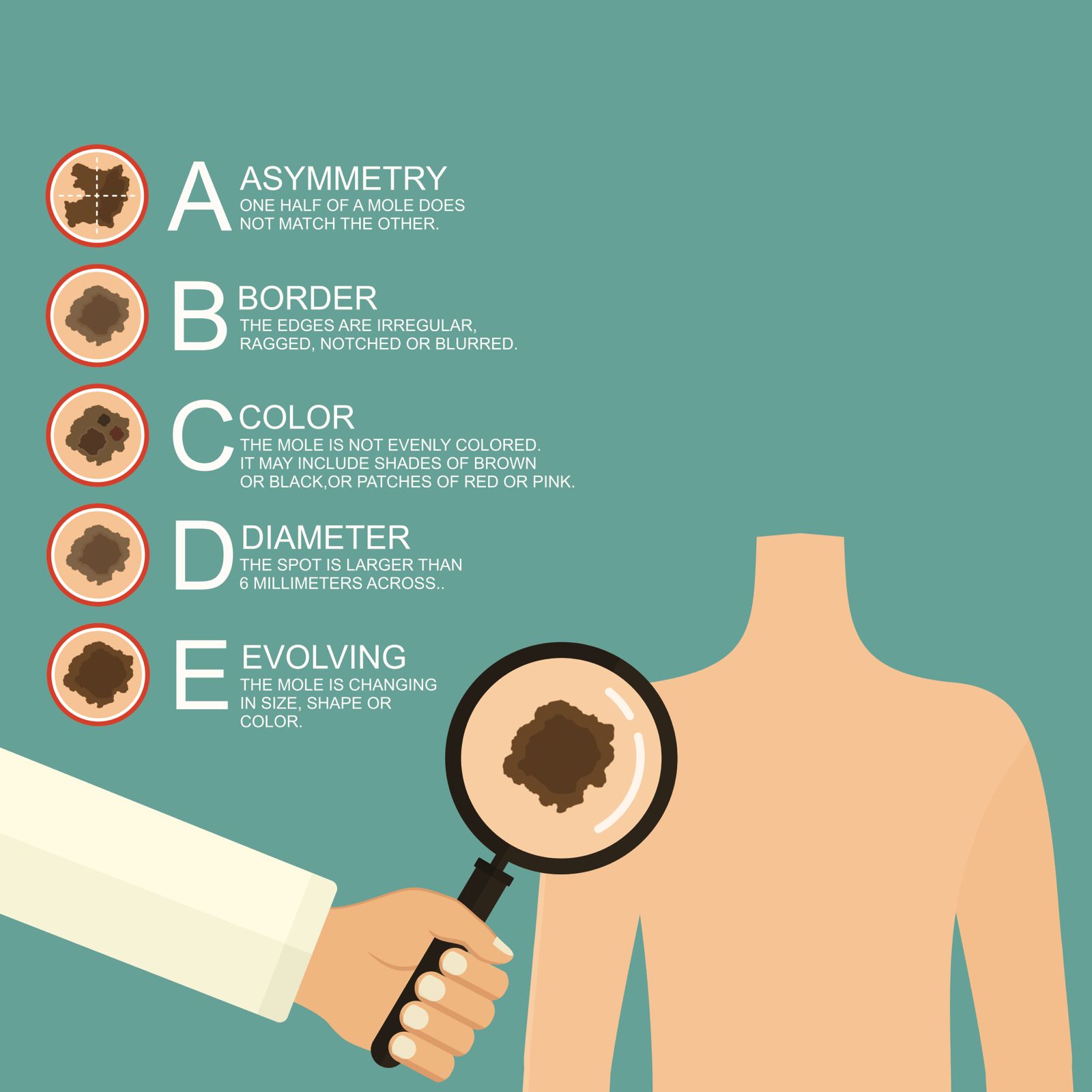WELCOME TO CHECK MY MOLE
Skin cancer is the most common cancer worldwide, but it is almost entirely preventable. Our mission is to save lives through education, early detection, and awareness.

About Us
We recognize that skin cancer is the most prevalent cancer globally, but approximately 90% of cases can be prevented through simple sun safety measures. It is also the only cancer that we can visibly observe as it develops in its early stages. When detected, diagnosed, and treated early, skin cancer is nearly always curable. Education plays a crucial role in fighting this disease at local, national, and global levels. We have designed The Check My Mole App to equip users of all skin types with the tools, guidance, and advice they need to take control of their skin health and monitoring. By doing so, we aim to reverse
the rising rates of skin cancer and SAVE LIVES.

Our Aim
To prevent skin cancer, save lives, and reduce suffering by raising awareness and early detection.

Our Vision
To combat rising skin cancer rates, improve outcomes, and protect future generations through early detection.

Our Mission
To empower individuals with education, drive behavioral change, and promote early skin cancer diagnosis and treatment.
Types of Skin Cancer
Basal Cell Carcinoma (BCC)
Squamous Cell Carcinoma (SCC)
Melanoma
Oral Cancer
Prevention for Skin Cancer
Sun Safety Tips
ABCDE Rule for Moles
Daily Sun Protection Checklist
Spotting Early Signs
Sunscreen & UV Protection
Regular Skin Checks
Sun-Protective Clothing

Video for Check My Mole.
80
Languages available on check my mole app
Allowing for universal access to skin cancer prevention, early detection and treatment options
1 in 5
People get skin cancer by age 70
38
People die from skin cancer in North America each day
ABCDE – Dangerous signs of moles

A – Asymmetry
If you look at a melanoma mole, the halves don’t match. The left edge may be shaped differently than the right edge, or one side of your mole might be darker than the other side.
B – Border
Melanomas have an irregular-shaped border; the border may be blurred, jagged, notched, or scalloped.
C- Color
Moles that contain different colors may be melanoma. You might see several shades of brown or tan mixed with patches of black. Larger melanomas can develop patches of blue, pink, red, or white.
D – Diameter or Dark
Moles that are larger than one-quarter inch (the diameter of a pencil eraser) could be melanoma. Be on the alert if one mole is significantly darker than your other moles.
E – Evolving
Evolving means changing or progressing — in size, shape, or color, or it becomes itchy or begins bleeding.
Life-Saving Technology!
I can’t thank this app enough! I had a suspicious mole that I had been ignoring, but after scanning it with the app, it flagged it as potentially concerning. I saw a dermatologist, and it turned out to be early stage melanoma. This app may have saved my life! Highly recommend it for anyone concerned about their skin health.

About 90 percent of skin cancers are linked to excessive sun exposure, particularly UV radiation from the sun.
%
Survival rate for skin cancer if detected early
%
of all skin cancers are Basal Cell
Million new skin diagnoses in North America per year
Deaths per year from skin cancer in North America
